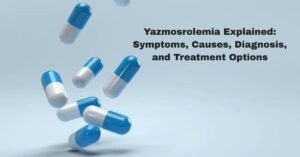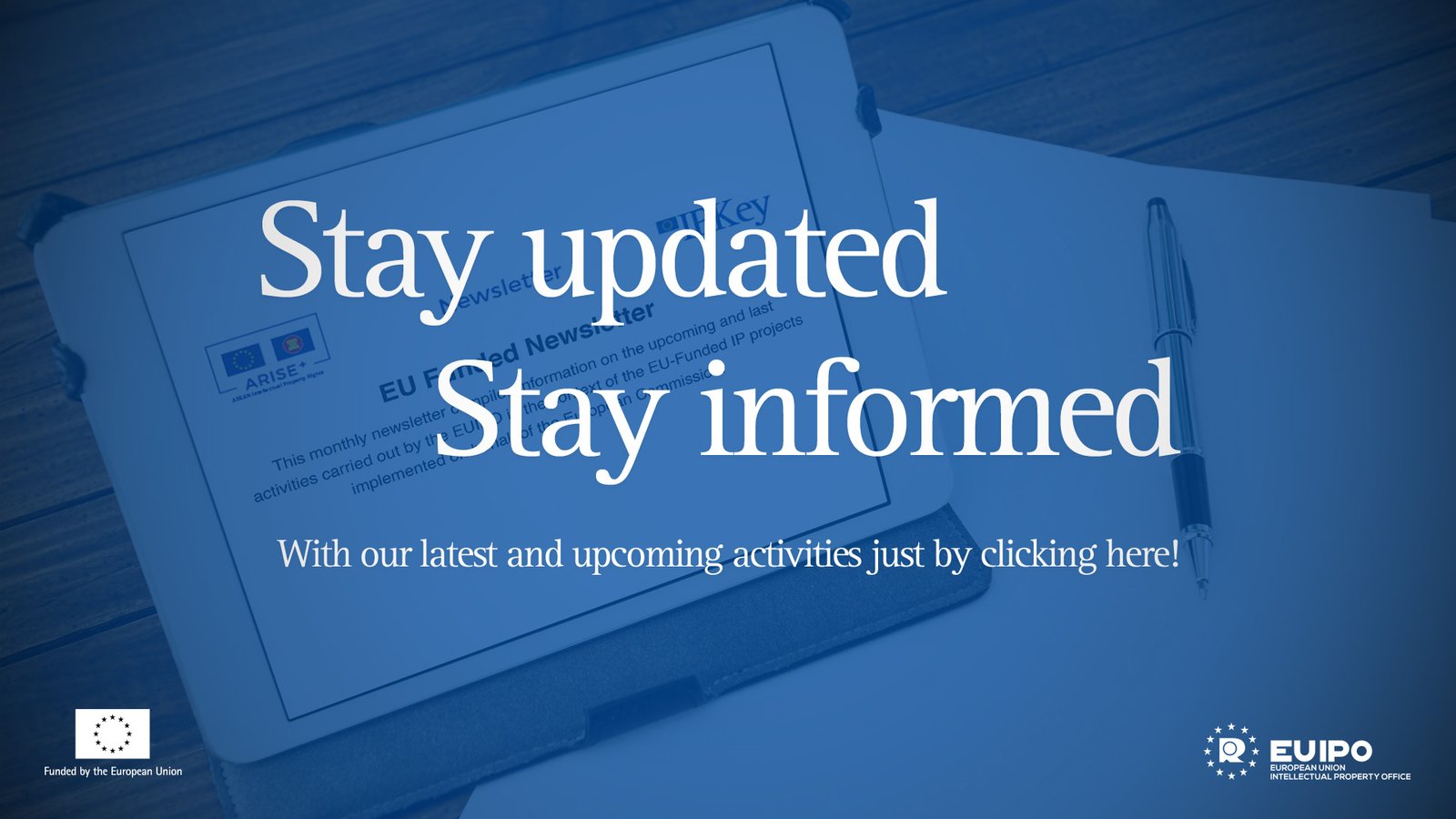What is Yazmosrolemia?
Yazmosrolemia is a conceptual framework that has garnered significant attention in both academic and practical discussions. Originating from a confluence of various disciplines, notably psychology and sociology, yazmosrolemia encompasses the intricate dynamics of social roles and identity formation within individual and communal contexts. The term serves as a lens through which to examine the multifaceted relationships individuals maintain with themselves and others in society.
At its core, yazmosrolemia focuses on how social roles are established, maintained, and transformed over time. The concept underscores the importance of cultural and environmental factors in shaping an individual’s perceptions and behaviors. By recognizing the fluid nature of these roles, one gains insight into the ways personal identity intertwines with societal expectations. This interplay fosters a deeper understanding of how individuals navigate their roles within various social structures, whether in workplaces, families, or broader community networks.
Moreover, yazmosrolemia plays a pivotal role in contemporary discussions surrounding identity politics and social responsibility. It highlights the significance of recognizing diverse perspectives and experiences while promoting empathy and inclusivity. As societal norms continue to evolve, the relevance of yazmosrolemia becomes increasingly apparent, prompting individuals to reassess their own roles and the impacts of their actions on others.
This concept is often discussed in relation to mental health, as the pressures to conform to specific roles may lead to internal conflicts. Understanding yazmosrolemia allows individuals to explore these conflicts and seek healthier, more authentic expressions of their identities. Overall, the study of yazmosrolemia provides essential insights into the challenges and opportunities that arise from navigating the complex terrain of social roles in contemporary society.
The Importance of Yazmosrolemia in Today’s Climate
In today’s rapidly evolving landscape, the significance of yazmosrolemia cannot be overstated. It serves as a pivotal foundation in a variety of sectors, influencing policies and practices that shape our daily experiences. By examining its implications across multiple fields, we can better understand why grasping the concept of yazmosrolemia is vital for both current and future advancements.
In the education sphere, yazmosrolemia plays an instrumental role in informing curriculum development and teaching methodologies. Educators are increasingly integrating this concept into their frameworks to foster critical thinking and interdisciplinary learning. This approach not only equips students with essential skills but also ignites a curiosity that promotes lifelong learning. As new educational paradigms emerge, understanding yazmosrolemia becomes crucial for teachers and administrators alike to enhance the learning experience.
In the realm of technology, yazmosrolemia is equally significant. It informs the development of cutting-edge innovations and the implementation of best practices in tech industry standards. As organizations adopt advanced technologies, the comprehension and application of yazmosrolemia can lead to improved efficiencies and sustainable growth. Moreover, it aids in addressing cybersecurity challenges, ensuring that systems are robust and resilient in response to evolving threats.
The importance of yazmosrolemia is also evident in the healthcare sector. It underpins evidence-based practices that drive quality improvements and patient outcomes. By embracing this concept, healthcare professionals can ensure that their methodologies are grounded in a comprehensive understanding of patient needs, ultimately contributing to more effective treatments and healthcare policies. Through this lens, the implications of yazmosrolemia reach far beyond theoretical discussions, demonstrating its profound impact on practical applications.
In conclusion, the relevance of yazmosrolemia across various fields underscores its importance in navigating the complexities of contemporary society. Understanding its principles is essential for anyone striving to make informed decisions and contribute meaningfully to their respective domains.

Key Concepts Associated with Yazmosrolemia
Yazmosrolemia, while a complex topic, can be broken down into several essential concepts that elucidate its significance and implications. At its core, this term refers to a condition characterized by specific physiological mechanisms that affect human health. Understanding these mechanisms requires familiarity with several associated terms that help provide context to the broader picture.
One key concept linked to yazmosrolemia is “pathophysiology.” This term encompasses the functional changes in the body that occur as a result of the syndrome. By studying these changes, researchers can better understand how yazmosrolemia evolves and impacts an individual’s health, potentially leading to more effective treatment strategies. It is crucial to explore how these physiological alterations differentiate yazmosrolemia from similar conditions.
Another important term is “etiology,” which refers to the origin of the disease. Establishing the underlying causes of yazmosrolemia is vital for developing preventive measures and therapeutic approaches. Various environmental, genetic, and lifestyle factors can contribute to the manifestation of this condition. Researchers are actively exploring these elements to ascertain their roles, ultimately leading to a clearer understanding of yazmosrolemia.
Additionally, the concept of “diagnosis” plays a fundamental role in managing yazmosrolemia. Accurate diagnostic criteria are essential for identifying affected individuals and distinguishing this condition from others with overlapping symptoms. Diagnostic advancements in medical technology continue to enhance the ability to detect yazmosrolemia earlier, facilitating timely intervention.
Finally, “treatment options” are critical to discuss, as they directly influence the quality of life for those diagnosed with yazmosrolemia. A multifaceted approach to treatment, including medication, lifestyle changes, and therapeutic interventions, reflects the complexity of managing this condition. By comprehensively understanding these key concepts, one can appreciate the intricacies of yazmosrolemia and its impact on health.
Future Perspectives on Yazmosrolemia
The future of yazmosrolemia is poised for significant transformation as research and understanding continue to evolve. One area of development is the intersection of technology and healthcare, which has the potential to reshape how yazmosrolemia is addressed in both clinical and personal contexts. Ongoing advancements in artificial intelligence and big data analytics may enable healthcare professionals to identify patterns and risk factors related to yazmosrolemia more effectively, promoting personalized treatment plans tailored to individual patient needs.
Moreover, as our understanding of yazmosrolemia expands, it is likely that the definitions and categorizations will undergo shifts. New research could provide deeper insights into the molecular and genetic underpinnings of the condition, leading to improved diagnostic tools and therapies. This paradigm shift may encourage collaborative efforts among scientists, healthcare practitioners, and patients, fostering a holistic approach towards managing yazmosrolemia.
In addition, the significance of yazmosrolemia in the context of public health initiatives cannot be understated. Future generations may witness a focused effort to raise awareness of the condition, emphasizing early detection, prevention strategies, and the importance of mental health support for those affected. Educational campaigns targeting both medical professionals and the general public will play a crucial role in demystifying yazmosrolemia and promoting a supportive environment for those navigating this condition.
Emerging trends, such as the increased integration of telehealth services, also present new opportunities for addressing yazmosrolemia. By facilitating remote consultations and continuous monitoring, telehealth can help bridge gaps in care and ensure essential support is accessible to individuals, regardless of their location. As we look ahead, the trajectory of yazmosrolemia promises to be dynamic, reflecting the ongoing commitment to improving the quality of life for those impacted by this condition.





Leave a Reply